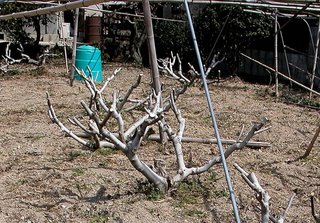
This tree is female; she is the mother tree of the ginkgo in my yard in Vancouver WA. (This begs the question - many animals have different term for male and female - ewe and ram, cow and bull, doe and buck, woman and man. So, is it ginkga and ginkgo?). In about 1965, Herman Deege taught me about ginkgos (or ginkgas) via this tree, which when young had the shape of a pine. He was a WWI veteran who was a POW in the UK.

Impressive tree in Indian Mounds Park, south side of Quincy. I dont recall ever seeing a larger ginkgo in person. Probably male, given that there are no fruit on the branches (probably why it survived. Dinosaurs may not have been a problem, but chainsaws are)

Even a ginkgo in Washington Square. Also inpressive size. Do I recall this one from my adolescence?





